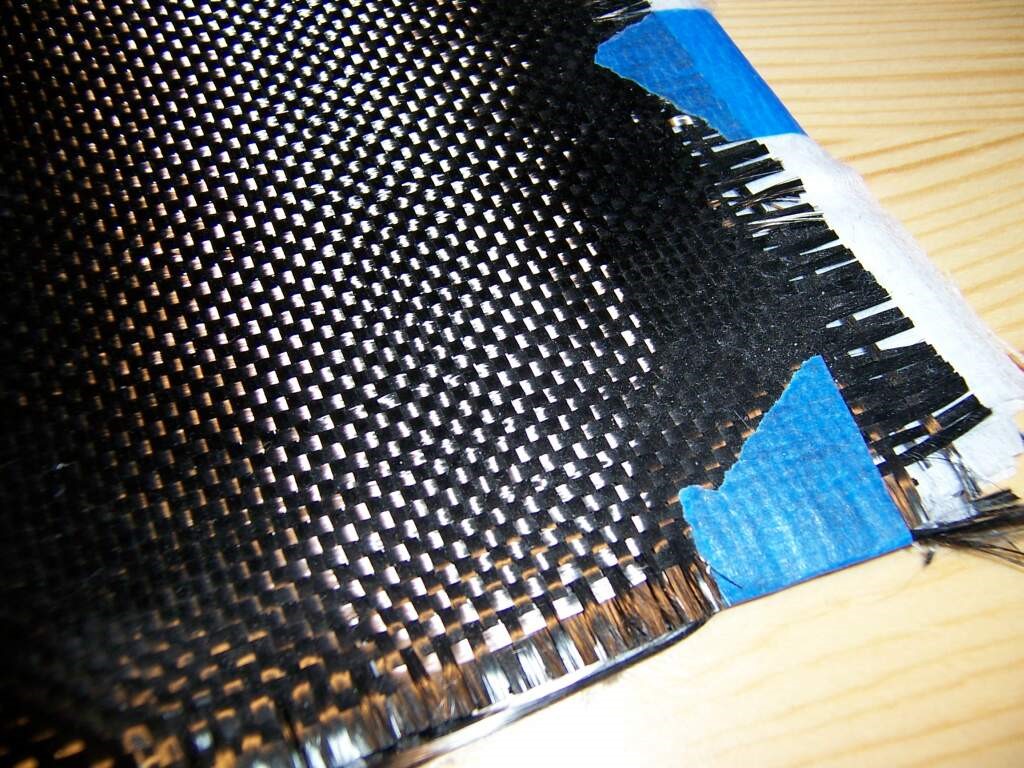Description

Source: Carbon fibres
Disclaimer: Copyright infringement not intended.
Context
The Indian government is planning to replace metal with carbon fibre in some key manufactured components, namely in the aerospace, civil engineering and defence sectors. For this, it is considering to start manufacturing carbon fibre in the country.
Details
More on the news
- Reducing Import Dependence: Currently, India imports carbon fiber from countries like the US, France, Japan, and Germany. By establishing domestic manufacturing units, India aims to reduce its dependence on imports and enhance self-reliance in high-tech industries.
- Strengthening High-Tech Industries: Manufacturing carbon fiber domestically will strengthen India's position in high-tech industries such as aerospace, civil engineering, and defense. It will enable the country to produce critical components using advanced materials.
- International Standards: The plan includes conducting research in premier technical institutes like the Indian Institute of Technology (IIT) to ensure that the manufacturing units meet international standards. This indicates a commitment to quality and competitiveness in the global market.
- National Technical Textiles Mission: The project to manufacture carbon fiber is part of the National Technical Textiles Mission initiated in 2020. This mission aims to oversee various technical textiles activities and promote innovation and growth in the sector.
- EU Carbon Tax Avoidance: Manufacturing carbon fiber domestically may help India circumvent the proposed European Union carbon tax on steel, alloy, and metal products. This tax aims to encourage cleaner industrial production within the EU, and producing carbon fiber domestically could mitigate the impact of such taxes on Indian exports.
- Applications: Carbon fiber's exceptional strength-to-weight ratio makes it ideal for a wide range of applications, including aerospace components, drone frames, automotive parts, and fire-resistant building materials. It can replace metals in various manufacturing processes, leading to lighter and more durable products.
About Carbon Fibers
- Carbon fibers are advanced materials characterized by their exceptional strength, stiffness, and low weight.
- Composed primarily of carbon atoms, these fibers exhibit unique properties due to their crystalline structure and high carbon content.

Manufacturing Process:
- Precursor Selection: Carbon fibers are typically produced from organic precursors such as polyacrylonitrile (PAN), rayon, or petroleum pitch.
- Stabilization: The precursor material undergoes heat treatment in an inert atmosphere to stabilize its molecular structure and remove non-carbon elements.
- Carbonization: Subsequent heating at high temperatures (up to 3000°C) in an inert environment converts the stabilized material into pure carbon fibers.
- Graphitization (Optional): Additional heat treatment can enhance the crystalline structure of carbon fibers, further improving their mechanical properties.
Properties of Carbon Fibers:
- High Strength-to-Weight Ratio: Carbon fibers exhibit tensile strengths exceeding those of steel while being significantly lighter.
- High Modulus of Elasticity: These fibers possess stiffness comparable to or greater than that of metals like aluminum and steel.
- Low Thermal Expansion: Carbon fibers demonstrate minimal expansion or contraction under temperature variations, making them suitable for high-temperature applications.
- Chemical Inertness: They are resistant to corrosion and chemical degradation, enhancing their durability in harsh environments.
- Electrical Conductivity: While inherently electrically conductive, carbon fibers can be modified to exhibit semiconducting or insulating properties.
Types of Carbon Fibers:
- Standard Modulus Carbon Fibers: Offer a balance of strength and stiffness, commonly used in aerospace, automotive, and sporting goods industries.
- High Modulus Carbon Fibers: Possess superior stiffness and are utilized in aerospace, military, and structural engineering applications.
- Intermediate Modulus Carbon Fibers: Provide a compromise between standard and high modulus fibers, finding applications in sporting equipment and industrial components.
- Ultra-High Modulus Carbon Fibers: Characterized by exceptionally high stiffness, these fibers are employed in specialized aerospace and defense applications.
Applications of Carbon Fibers:
- Aerospace and Aviation: Used extensively in aircraft components, including fuselages, wings, and structural reinforcements, due to their lightweight and high strength.
- Automotive Industry: Employed in automotive bodies, chassis components, and brake systems to reduce vehicle weight and improve fuel efficiency.
- Sporting Goods: Widely utilized in bicycles, tennis rackets, golf clubs, and other sports equipment to enhance performance and durability.
- Renewable Energy: Utilized in wind turbine blades and solar panel structures to increase energy efficiency and reliability.
- Marine Industry: Applied in boat hulls, masts, and rigging to reduce weight and improve buoyancy and stability.

Conclusion
Carbon fibers represent a versatile and high-performance material with diverse applications across industries. Ongoing research and technological advancements continue to expand the capabilities and potential applications of carbon fibers, driving innovation and sustainability in various sectors.
Must read articles:
CBAM
Sources:
Live Mint
Carbon fibres
|
PRACTICE QUESTION
Q. The Indian government's plan to start manufacturing carbon fiber is a significant development with several implications and benefits. Comment. (150 Words)
|











